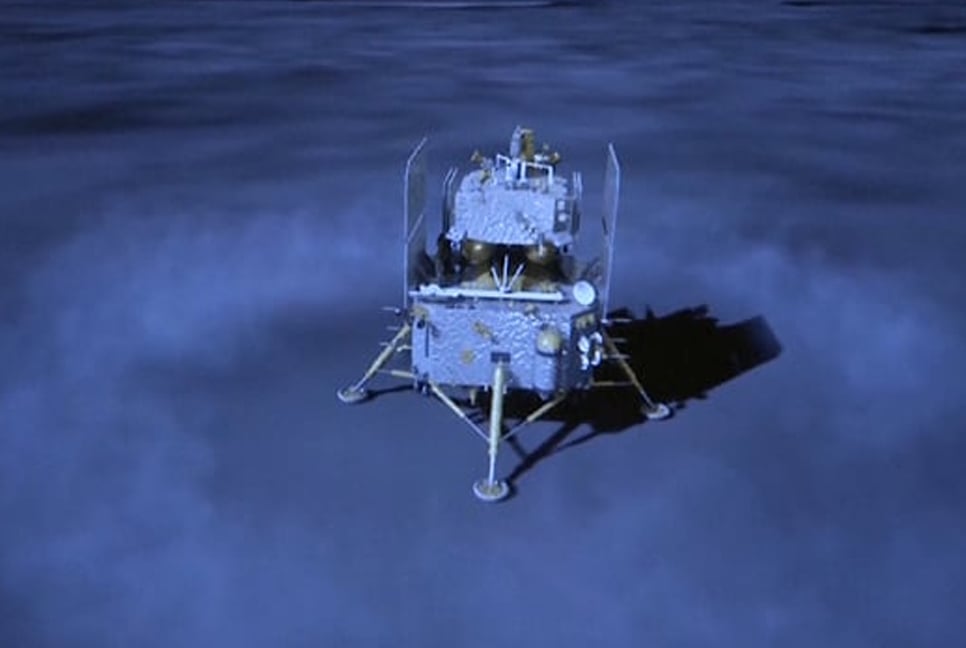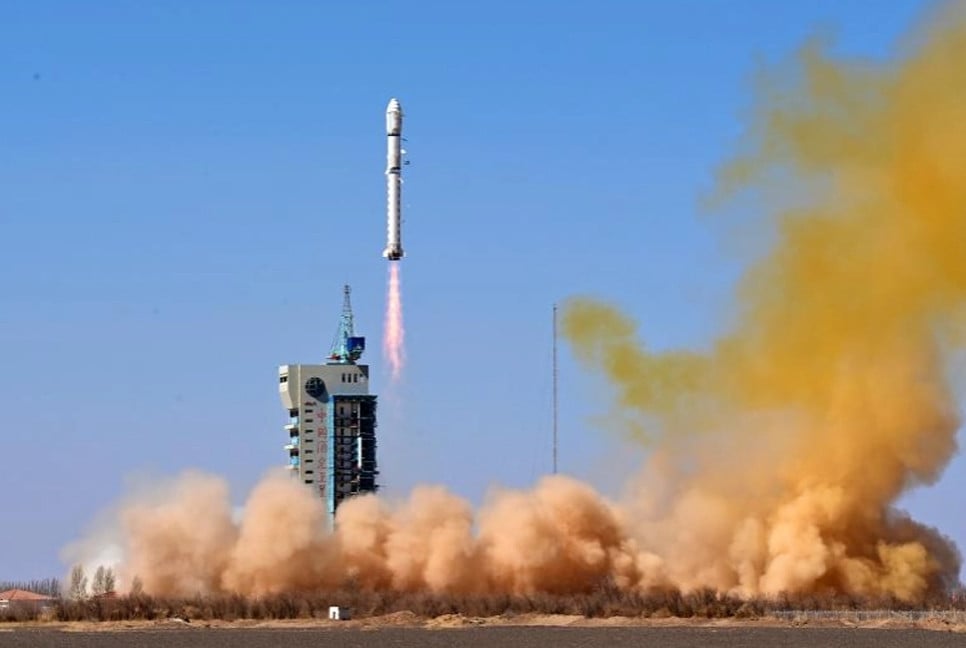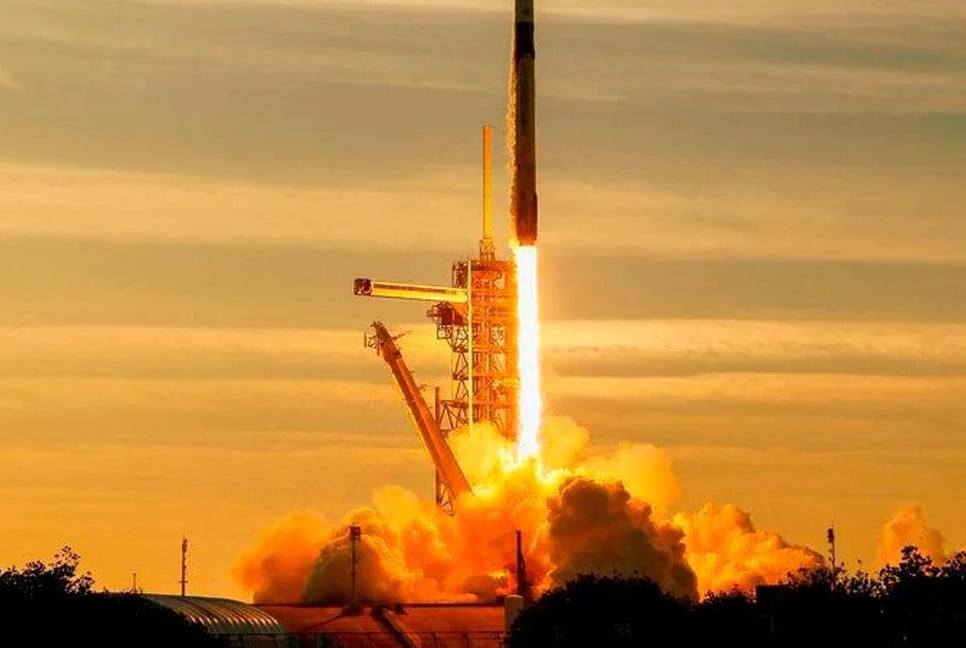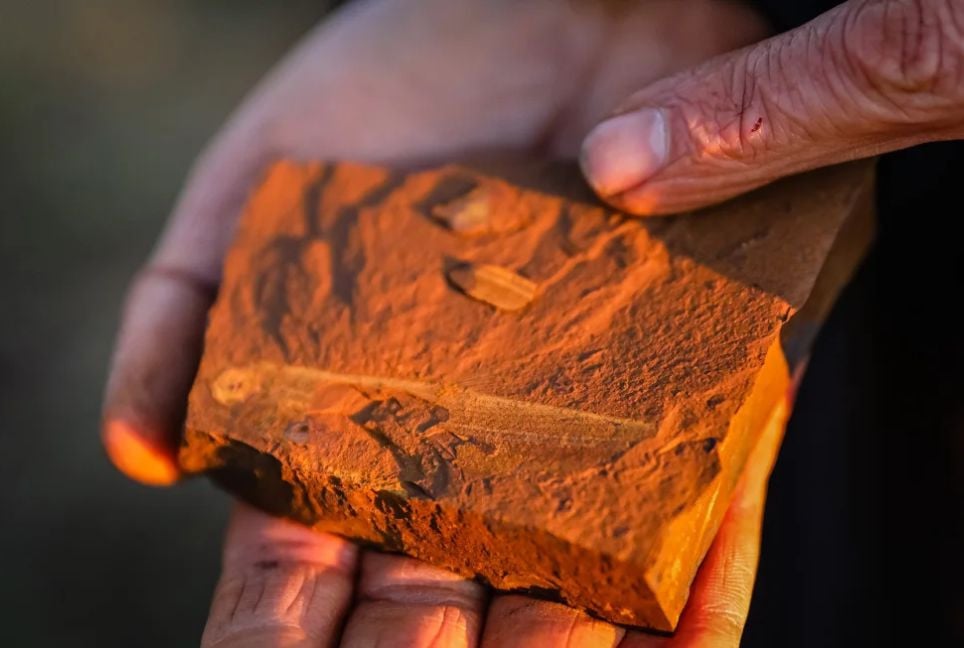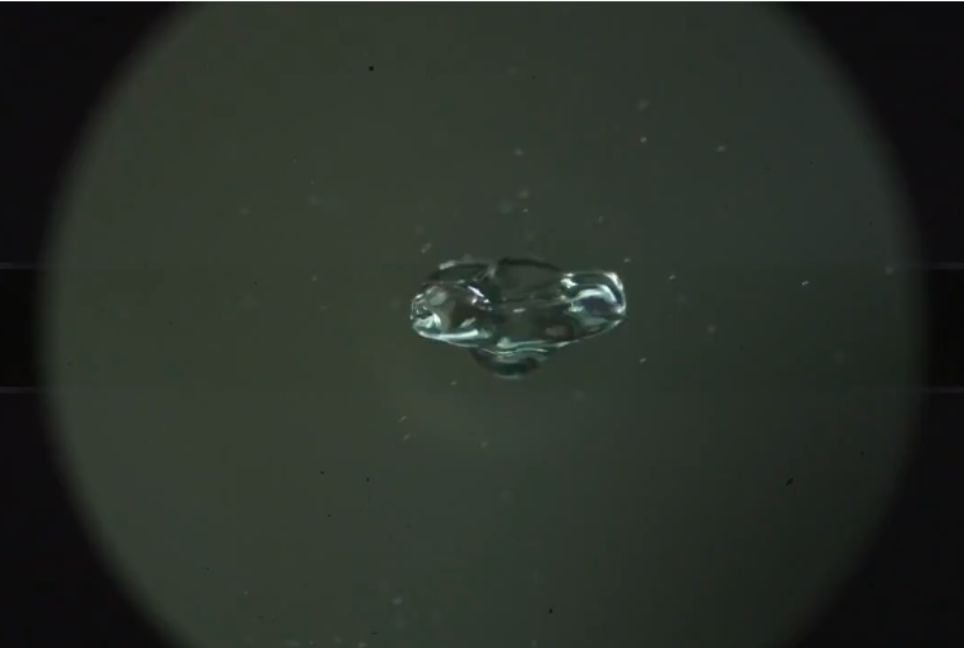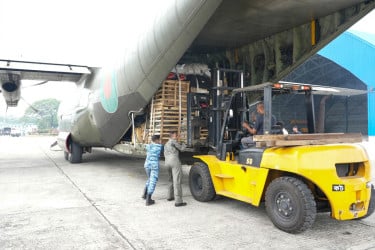China's Chang'e-6 lunar probe successfully landed Sunday on the far side of the Moon to collect samples, state media reported -- the latest leap for Beijing's decades-old space programme, reports BSS.
The Chang'e-6 set down in the immense South Pole-Aitken Basin, one of the largest known impact craters in the solar system, state news agency Xinhua said, citing the China National Space Administration.
It marks the first time that samples will be collected from the rarely explored area of the Moon, according to the agency.
The Chang'e-6 is on a technically complex 53-day mission that began on May 3.
On Sunday, it descended from its orbit about 200 kilometres (124 miles) above the Moon to scour the surface for a landing site, Huang Wu, an official at the China Aerospace Science and Technology Corporation, told state broadcaster CCTV.
"The (descent to a lower) orbit carried a few risks, so we needed precise control procedures to put (the probe) onto its preset trajectory," Huang said.
After that, "we had to rapidly reduce the probe's relative speed to the Moon... to zero within 15 minutes, requiring a huge amount of propellant, basically half the probe's entire weight," he said.
Now that the probe has landed, it will attempt to scoop up lunar soil and rocks and carry out other experiments in the landing zone.
That process should be complete within two days, Xinhua said. The probe will use two methods of collection: a drill to collect samples under the surface and a robotic arm to grab specimens from the surface.
Then it must attempt an unprecedented launch from the side of the Moon that always faces away from Earth.
Scientists say the Moon's dark side -- so-called because it is invisible from Earth, not because it never catches the sun's rays -- holds great promise for research because its craters are less covered by ancient lava flows than the near side.
Material collected from the dark side may better shed light on how the Moon formed in the first place.
Bd-pratidin English/Tanvir Raihan

